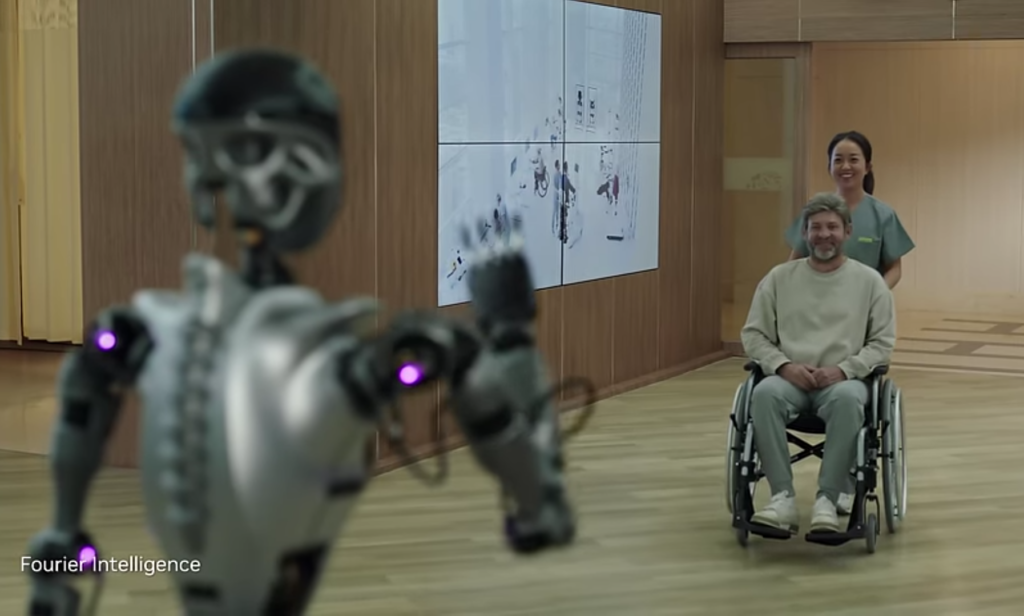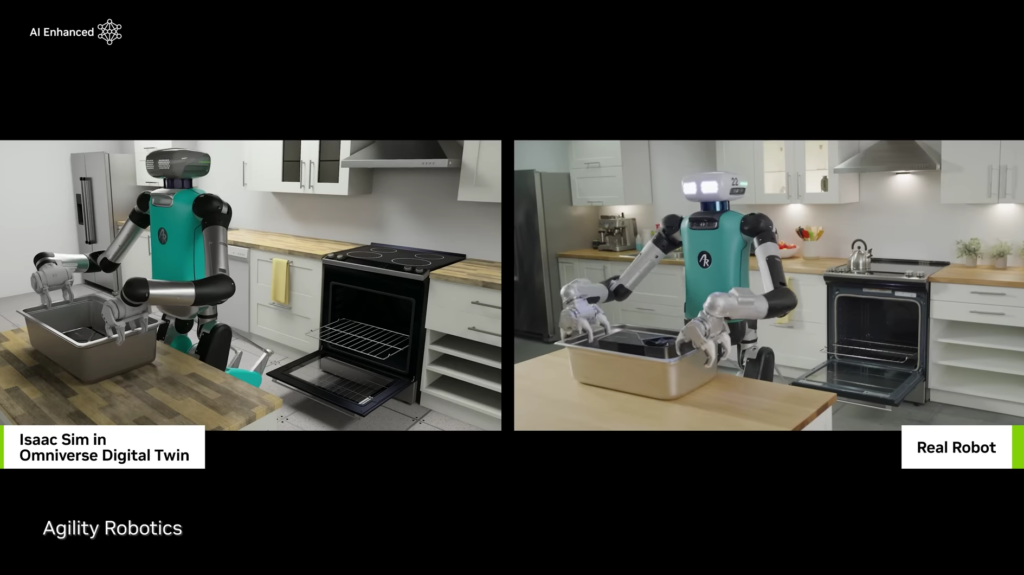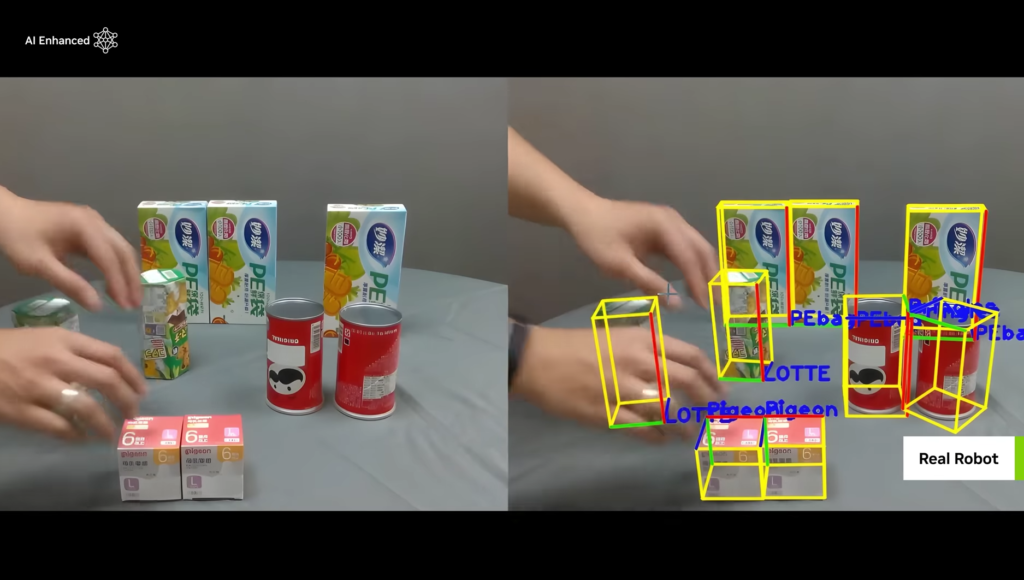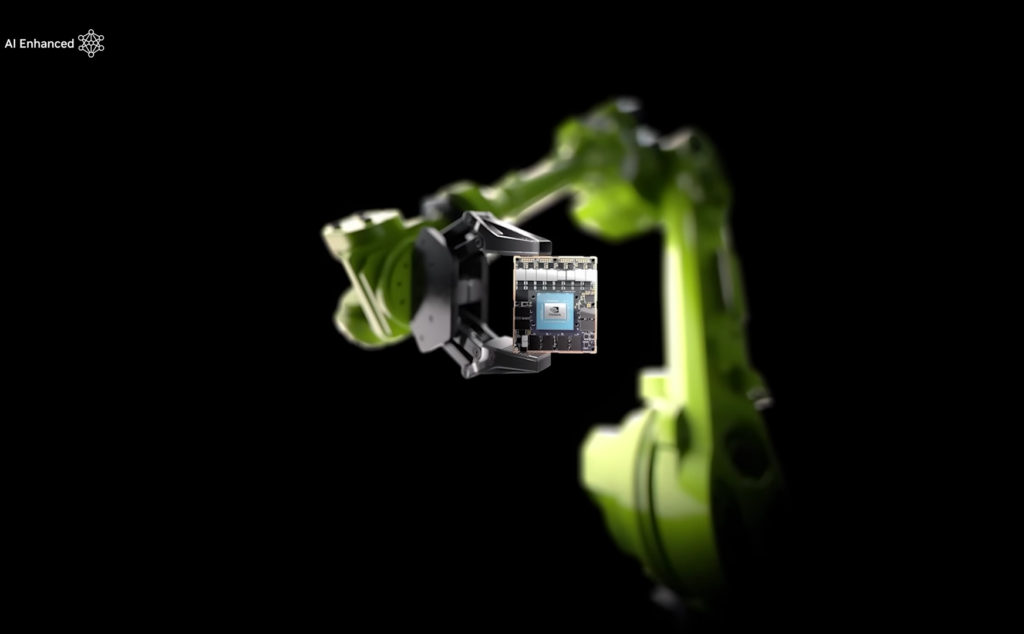
Exploring the Future of Generative Physical AI
The era of Robotics powered by physical AI has dawned, bringing about a revolution in the field of robotics and artificial intelligence. From learning through multimodal LLMS to autonomous navigation and precise object manipulation, the capabilities of Generative Physical AI are reshaping the future. Join us as we delve deeper into this groundbreaking technology and its real-world implications.
Understanding Generative Physical AI
Generative Physical AI marks a paradigm shift in robotics, enabling robots to understand instructions, learn from human demonstrations, and plan actions based on their perception of the world. This innovation leverages multimodal LLMS to perceive and interact with the environment, thereby paving the way for robots to develop gross and fine motor skills autonomously. These advancements are driving the development of robots capable of complex tasks in diverse real-world scenarios.

Simulation and Reinforcement Learning
Simulation environments play a crucial role in providing feedback for the learning process of robots. Through millions of trials in virtual settings, robots equipped with Generative Physical AI refine their skills rapidly, thus bridging the gap between virtual simulations and real-world application. Reinforcement learning emerges as a key driver for the advancement of robotics, with the ability to simulate complex tasks while following the laws of physics in virtual worlds.
Omniverse: Virtual World Simulation Platform
NVIDIA’s Omniverse stands at the forefront of virtual world simulation platforms. It combines rendering, physics simulation, and Generative AI, offering a comprehensive development environment for robots to learn and evolve. Robots gain the ability to navigate environments autonomously, manipulate objects with precision, and optimize paths while avoiding obstacles and hazards. The hazards learning in Omniverse effectively minimizes the gap between simulation and real-world scenarios, maximizing the transfer of learned behavior.

AI Training and Execution Infrastructure
The execution of Generative Physical AI models relies on cutting-edge AI supercomputers, such as the NVIDIA Jetson Orin and Next Generation Jetson Thor. These supercomputers provide the necessary computational power for executing the intricate models developed for physical AI applications, revolutionizing the landscape of AI training and execution infrastructure in the robotics domain.
Revolutionizing Industries with Physical AI
Generative Physical AI is poised to revolutionize industries, providing platforms, libraries, and AI models for developers and companies to harness its potential. From precision object manipulation to autonomous navigation, the impact of physical AI is set to permeate various sectors, ushering in a new wave of robotics powered by this groundbreaking technology.

Conclusion:
Generative Physical AI is poised to revolutionize industries, providing platforms, libraries, and AI models for developers and companies to harness its potential. From precision object manipulation to autonomous navigation, the impact of physical AI is set to permeate various sectors, ushering in a new wave of robotics powered by this groundbreaking technology.
Read more on NVIDIA oficial site:
Share if you like it:
Related Post's:
OpenAI AGI Robot | Game-Changer in Robotics | Cutting-Edge | 2024
Biometric Security: Balancing Convenience and Risk | Exploring Biometric Authentication Technology
The Fascinating World of Self-Driving Cars: How They Work and Impact on Society
Embracing the Green Wave: The Future of Sustainable Technology
